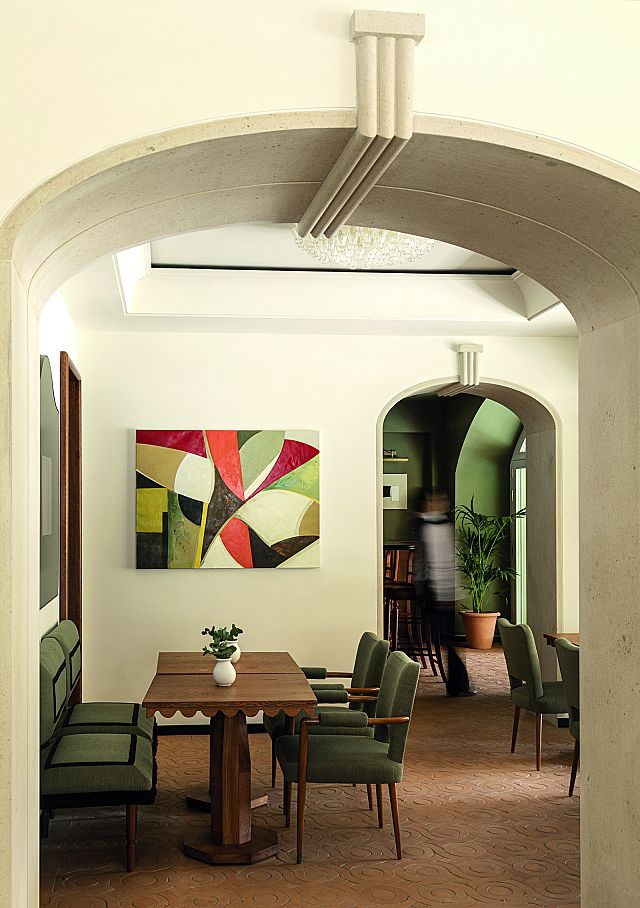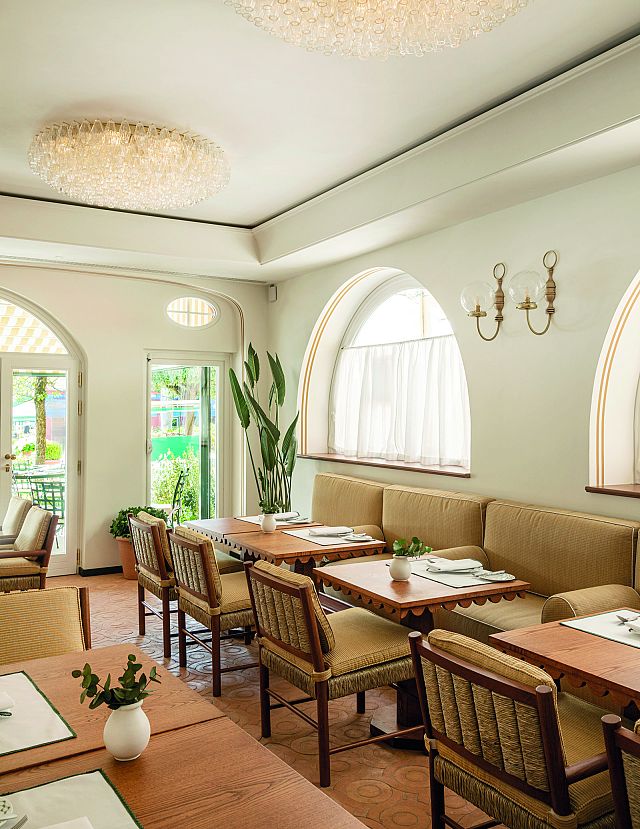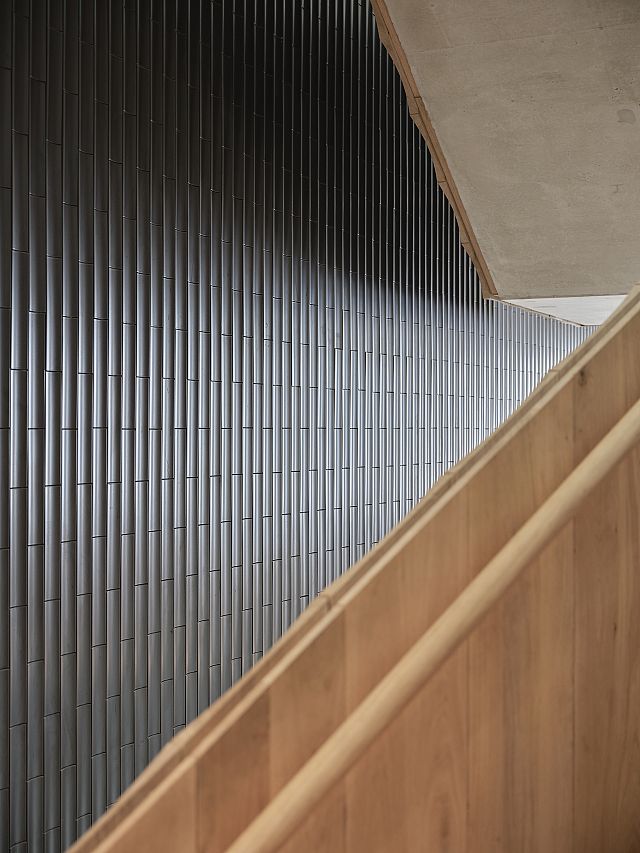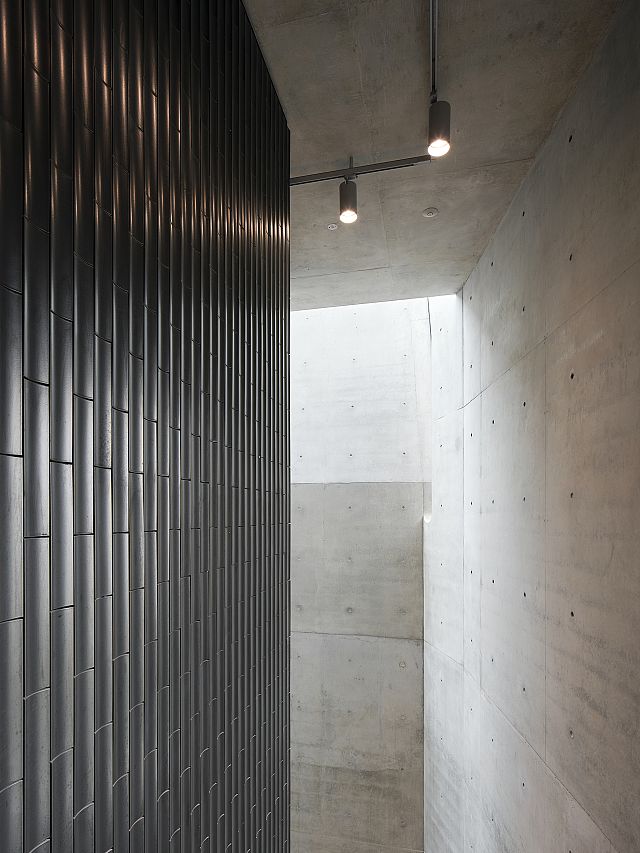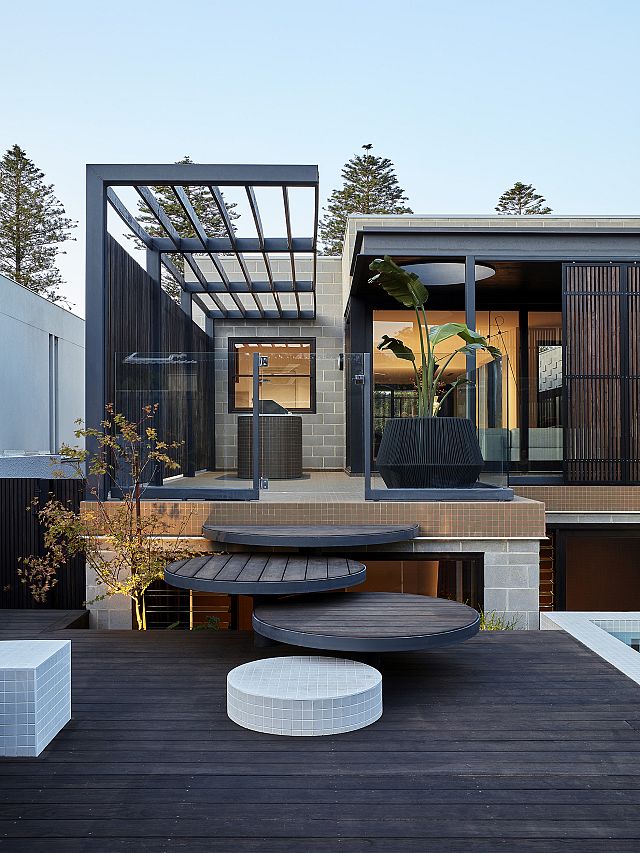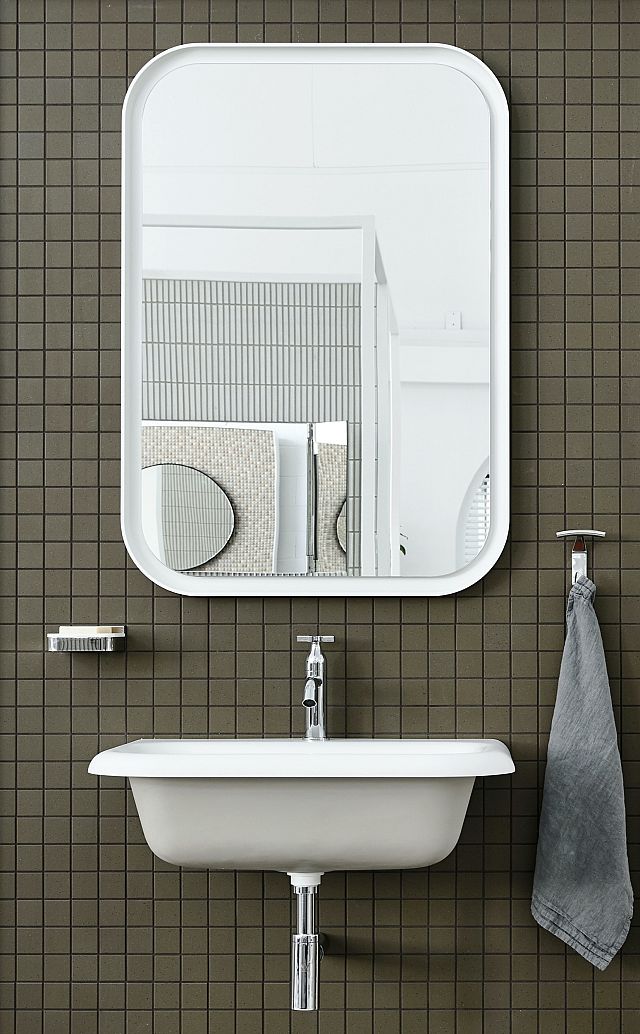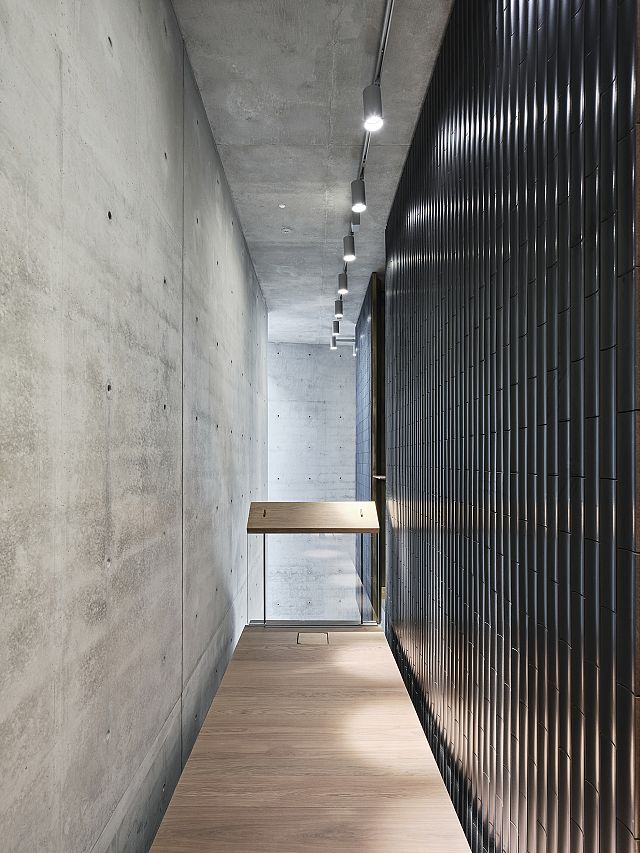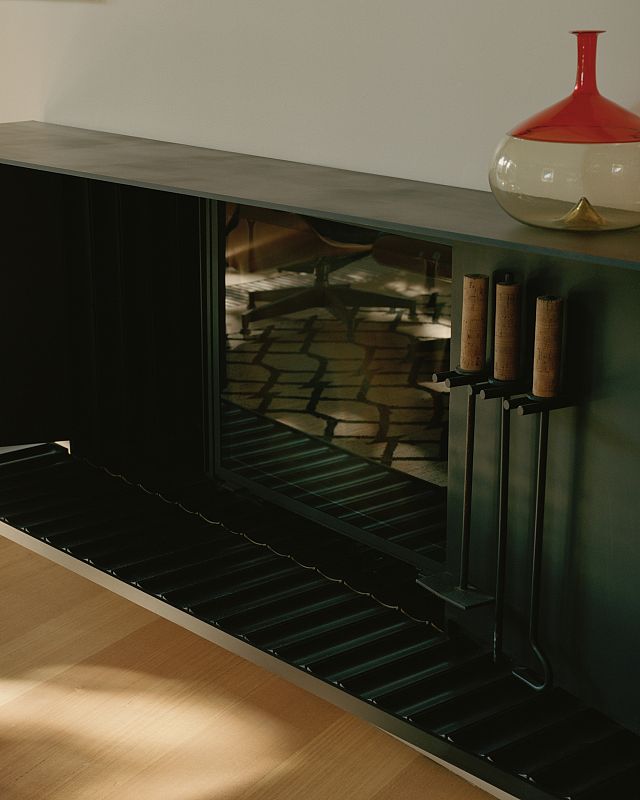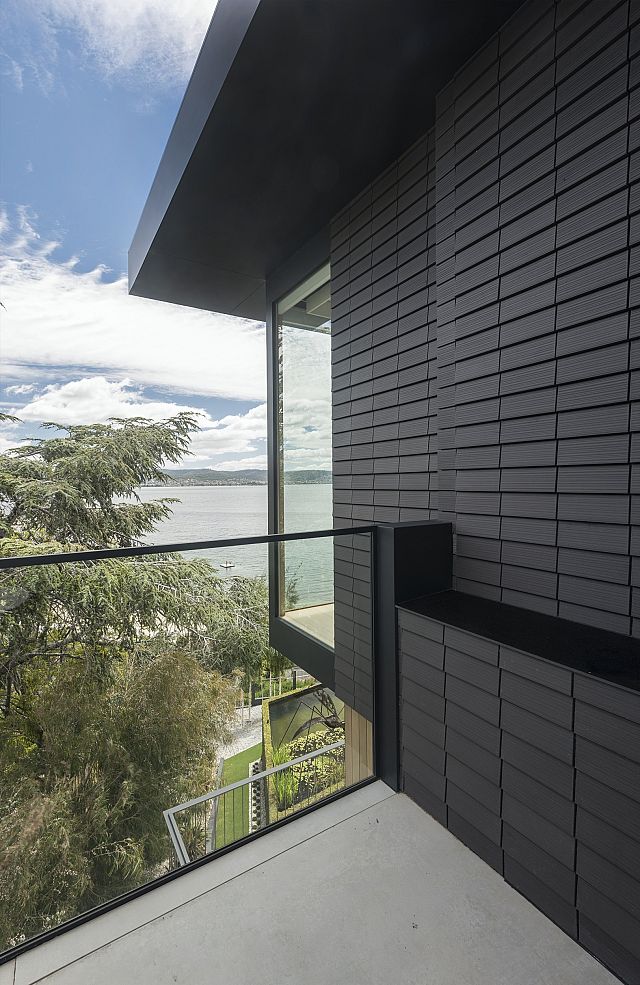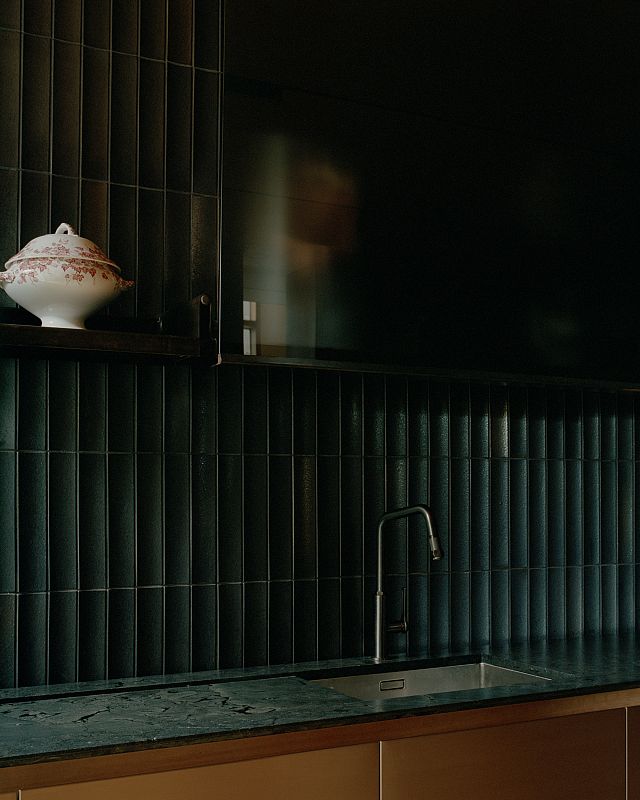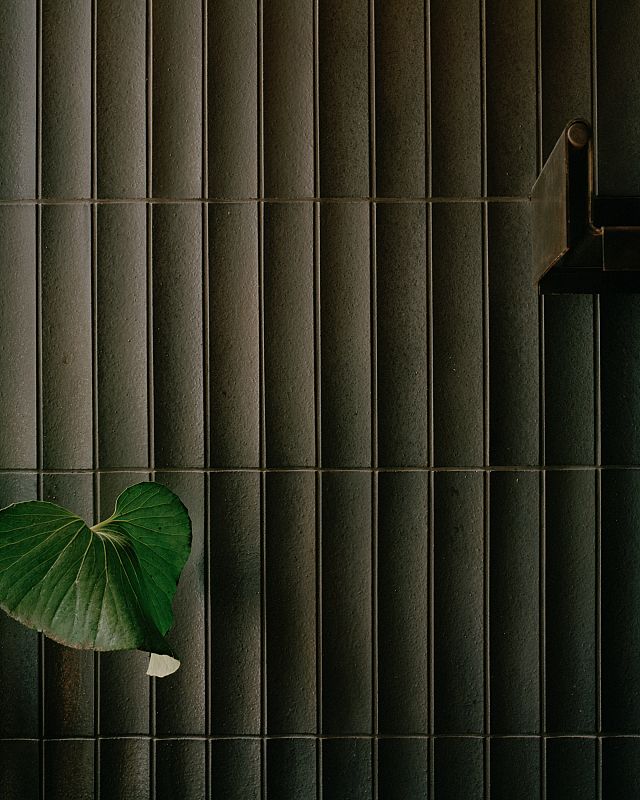“Every architect or designer, all of their work is around customising items for their clients, they custom design every aspect of people’s homes and projects that’s the nature of their skill,” says Phil Brenton, Artedomus managing director. “For us to be able to respond to that by being able to produce them a customised tile that will suit their project specifically – the architects and designers we work with find that massively appealing. We love seeing brand new products being used specifically for one particular job and sometimes we take that into our range. Probably eight or 10 of the products that we now stock at Artedomus are custom tiles that we designed for a project at one time or another.”
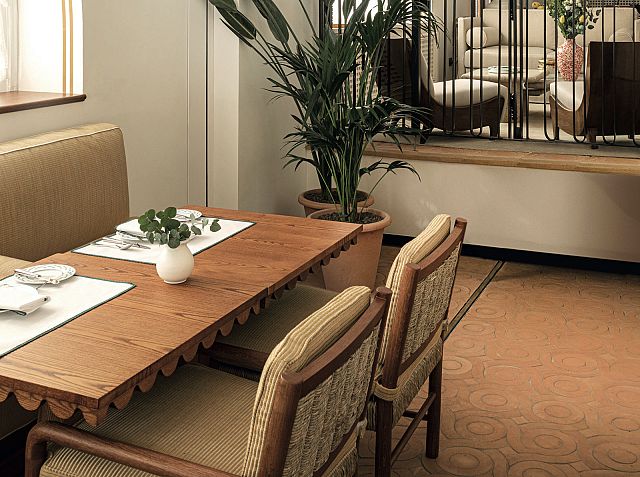
Customisation is key to the practice of architecture and design, yet while custom products and materials such as carpet and fabric are readily available, customisation of tiles has not been typically an option. Through the relationship with our suppliers, Artedomus has been able to offer Australian architects and designers an unparalleled opportunity to customise tiles for specific projects.
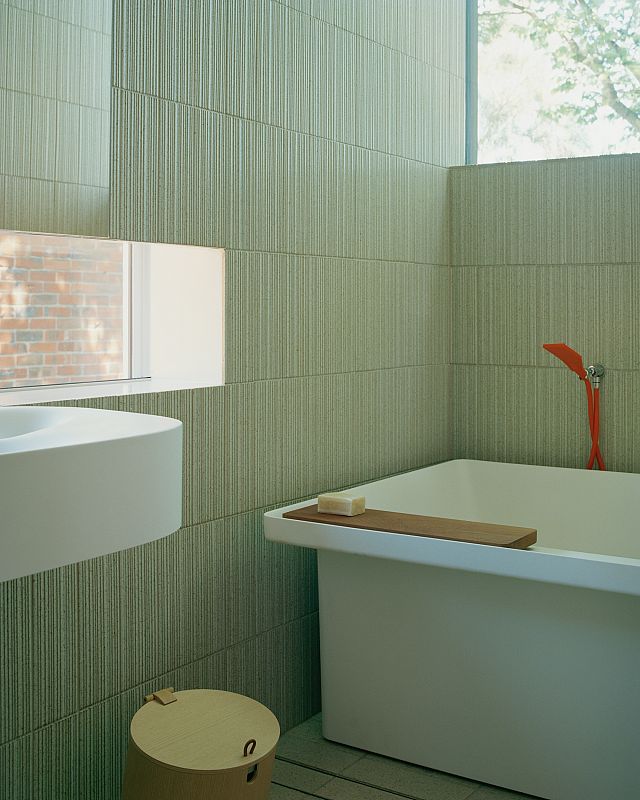
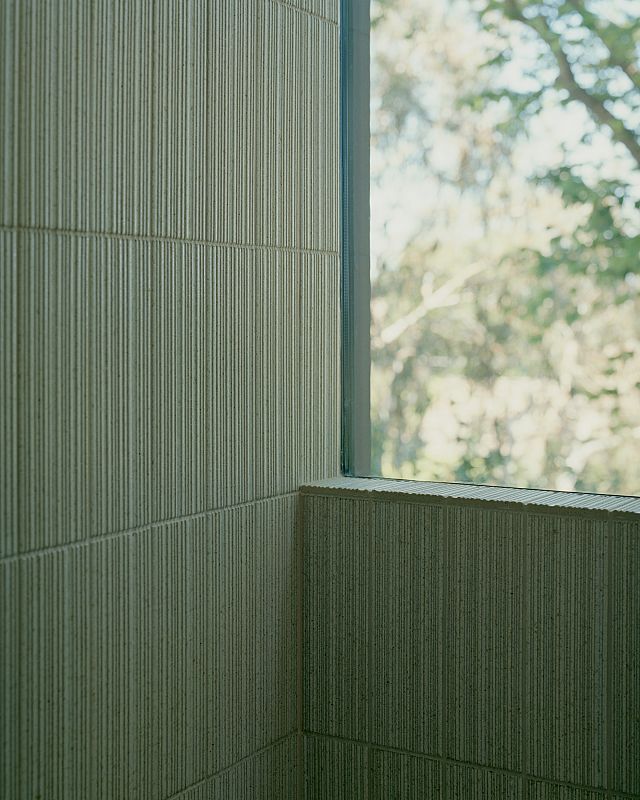
The customisation of tiles is not common in the industry. It’s something that we at Artedomus created a few years ago with INAX who have been doing customised tiles for close to a hundred years. INAX will customise the form, colour and glaze of a tile, creating a truly special product for architects and designers.
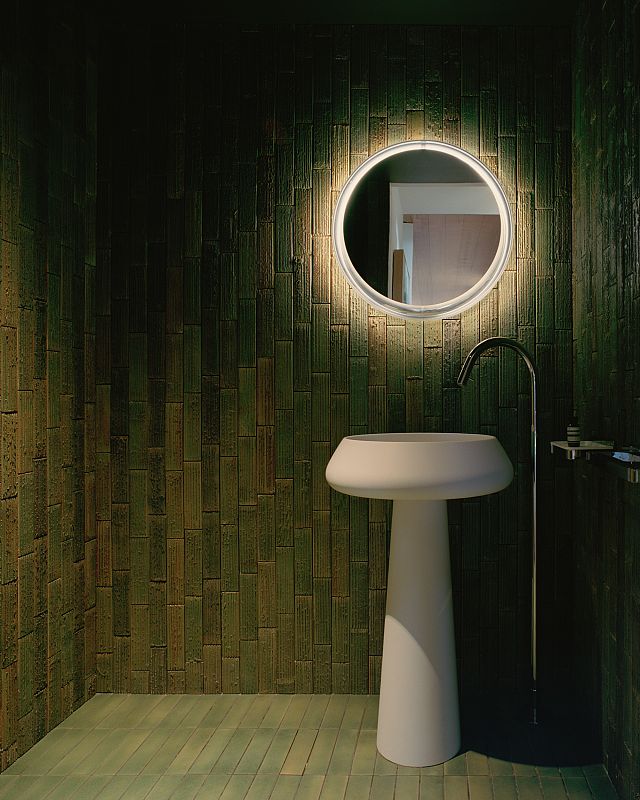
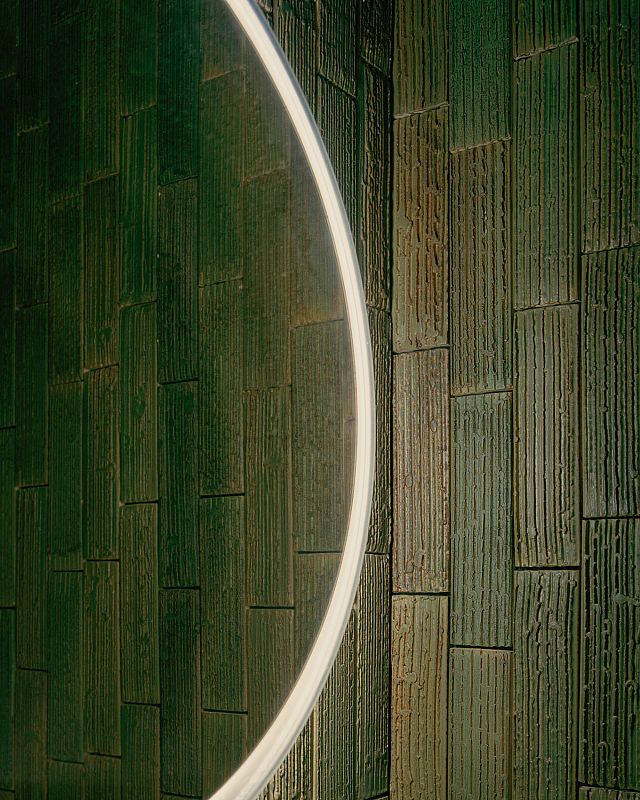
“One of the great pleasures [in] dealing with INAX in Japan is their open-mindedness to produce special products or custom products for architects and designers in Australia,” says William Pearse, Artedomus Melbourne sales manager. While Artedomus has been offering custom products for a number of years, he explains that John Wardle, of John Wardle Architects, has been one of the architects to embrace customised ceramics most strongly.
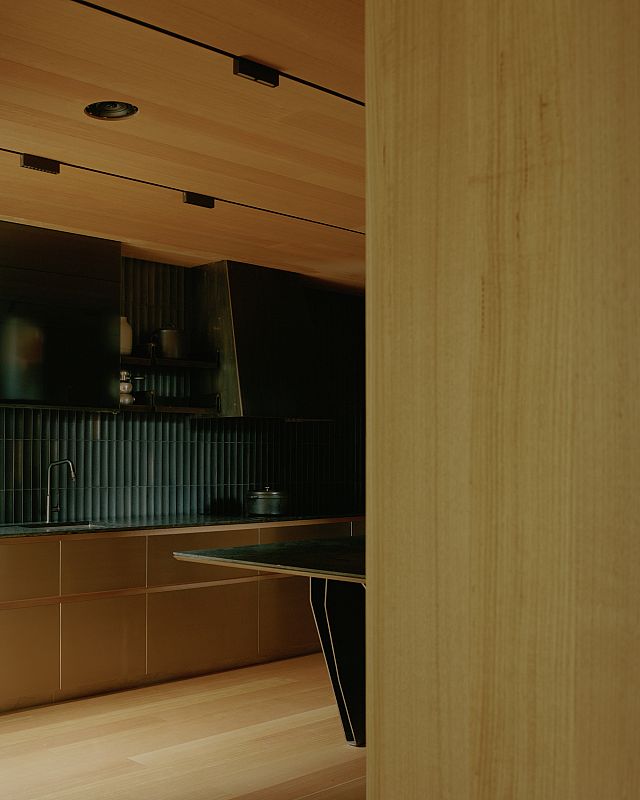
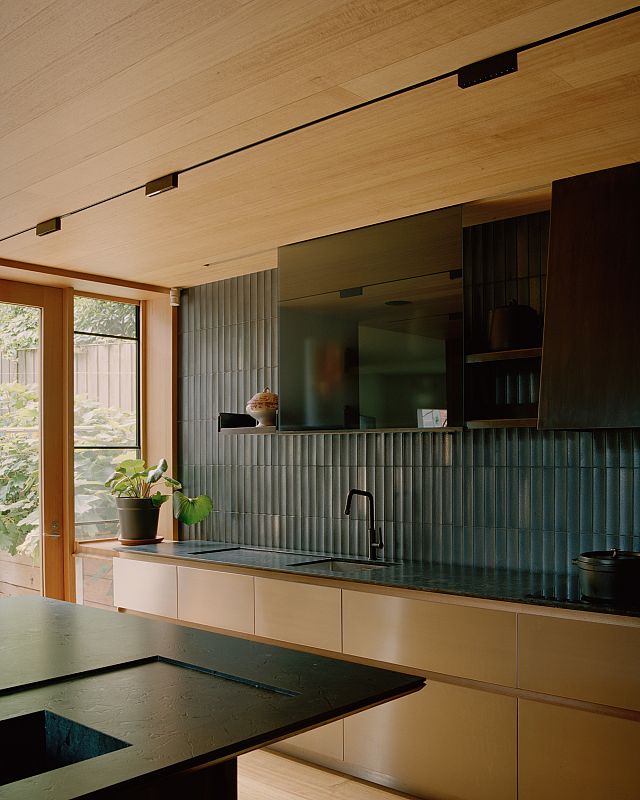
Most recently, Artedomus collaborated with John Wardle Architects to produce custom ceramics for the Melbourne Conservatorium of Music, “covered in thousands and thousands of oval shaped, what we nicknamed ‘egg’, tiles,” says William. Artedomus also sourced a custom tile for another John Wardle project, with a striated tile used on the bathroom walls, and the same size tile in a more structured finish used on the floor. “With his floor tile they actually sandblasted the tile after it was glazed, which is a very unusual process and it gives it more grip.”
Conducting sourcing trips to Japan is, therefore, extremely important for Artedomus, as it provides unique opportunities to discover the vast range of options available, to explore different techniques, and visit individual factories that specialise in particular types of tiles or glazes. “Architects and designers are used to having custom carpet samples or fabric samples, but not custom tile product. And that’s really something that we’re really proud to be able to offer, thanks to INAX,” says William.
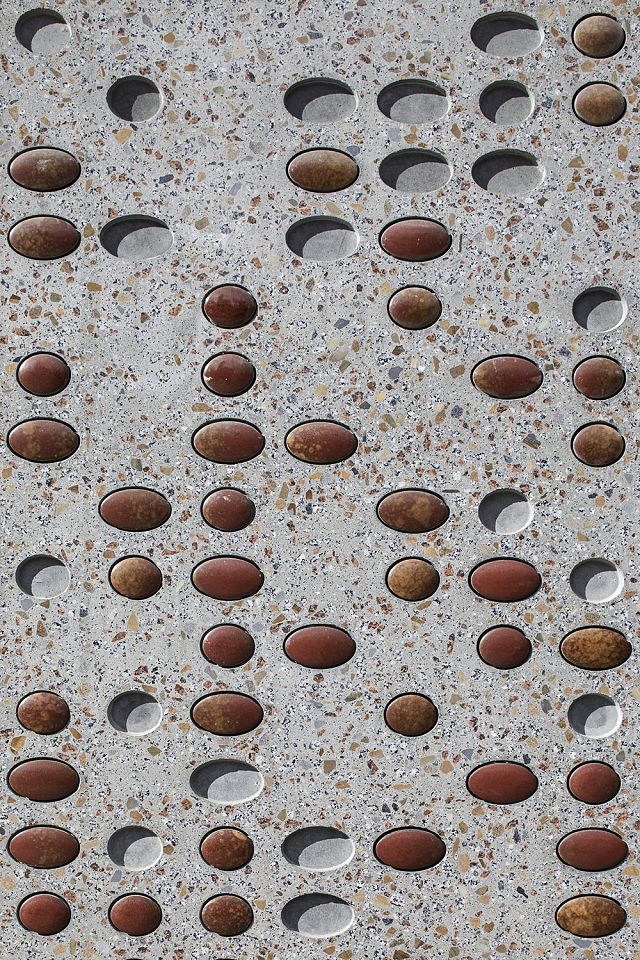
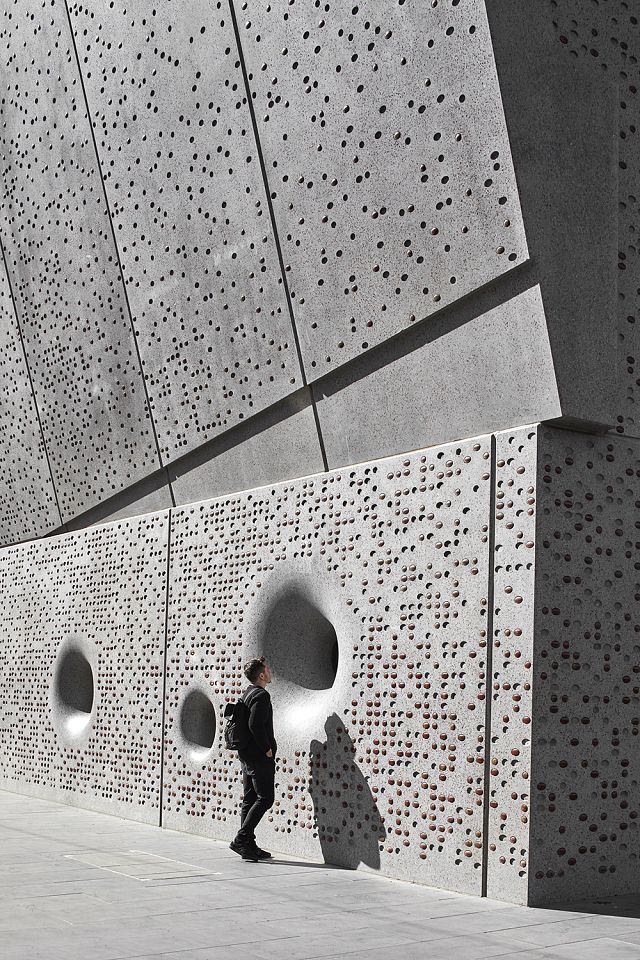
At the Akai factory, the team were shown a custom pressed mould that had been created specially to produce a textured tile. “This particular factory also has a machine that can put five different glazes onto one tile,” says Yassaman Bahar, senior sales at Artedomus Melbourne. “Being able to do different glazes you’ve got a variety of colours, you can do mixtures, you can customise.” Customisation also presents opportunities for creativity that are key to expanding the ranges of tiles available. Many what are now bestselling tiles for Artedomus in Australia were in fact initially custom designed tiles.
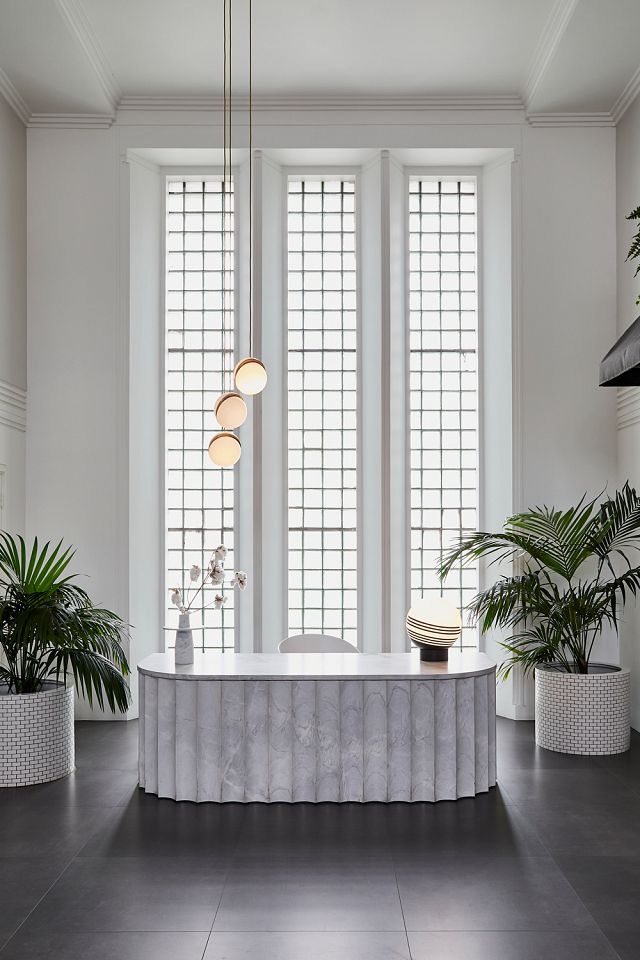
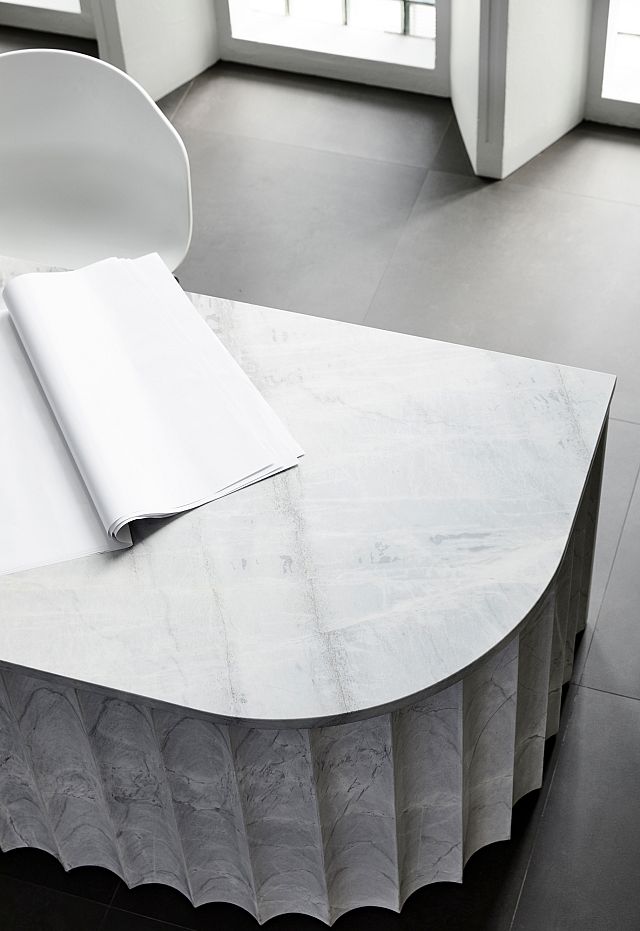
Artedomus have supplied reception desks created from Elba marble. We like to test the possibilities of stone, not as just a flat product, such as tile or a slab, but as something three-dimensional that can be machined out of blocks. Basins, vanity units and pedestal basins can also be made with solid stone. By being able to make a wide variety of forms, we can show how stone can be customised and that there are no real limitations to the use of the material.
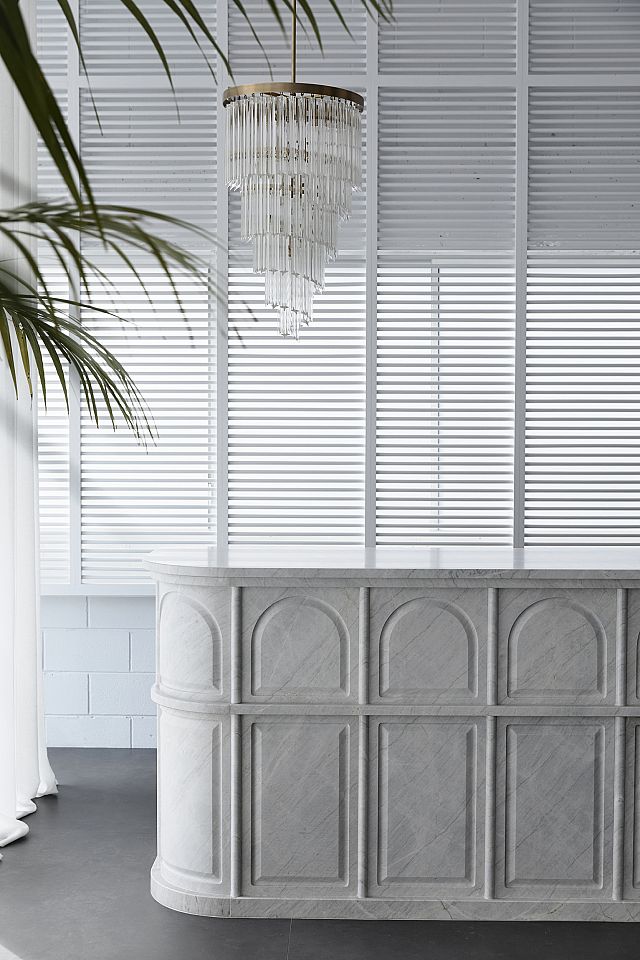
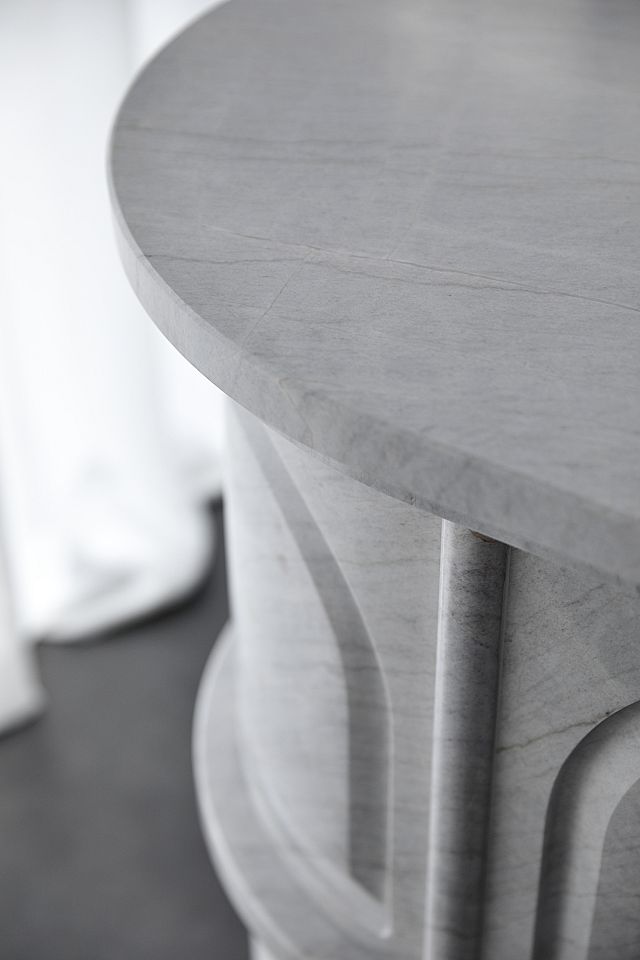
Elba provides the base material for Artesserae, the first tile range developed by Artedomus and designed by Thomas Coward. The mosaic tiles can be customised to any shape and can also be produced in other stones we supply. This means a whole bathroom can be done with natural stone slabs, natural stone tiles, and mosaics in different shapes and sizes, expanding the possibilities of customisation.
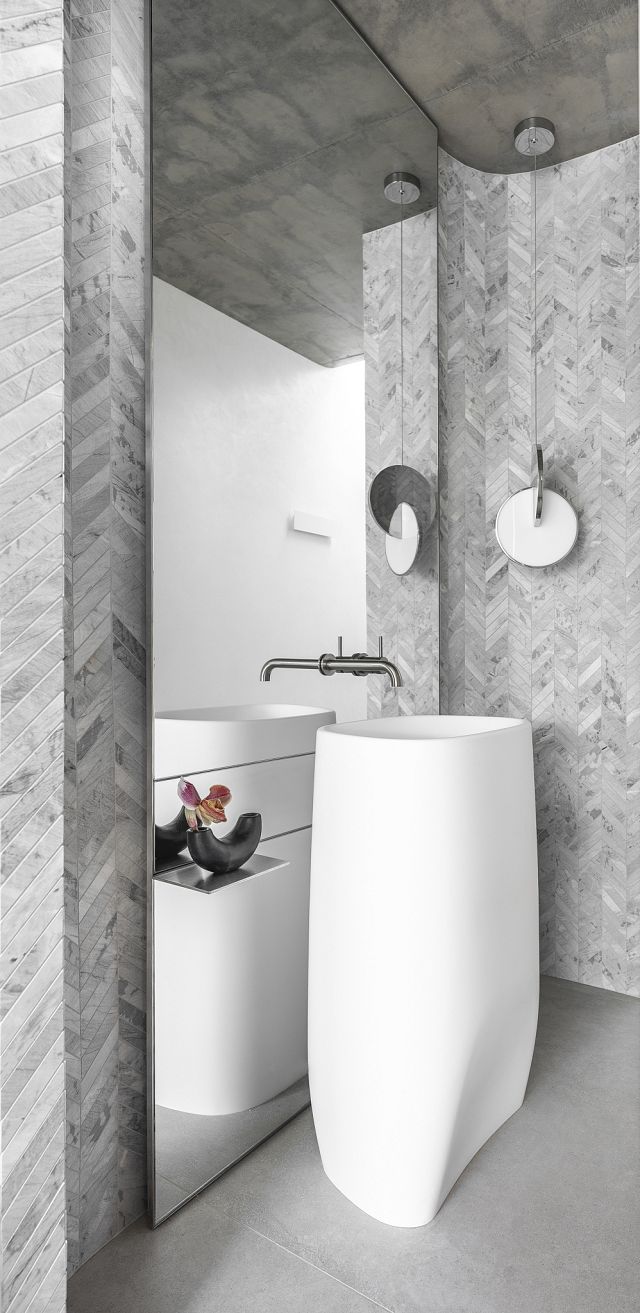

Some of Agape’s products can have a matte rubber-like coating on the outside of them, which can be any custom colour. Agape will also do some of its basins in stones. Ask the team at Artedomus, as they are not all shown in the Agape catalogue. For example, the exterior of the DR bath is available in six different materials.
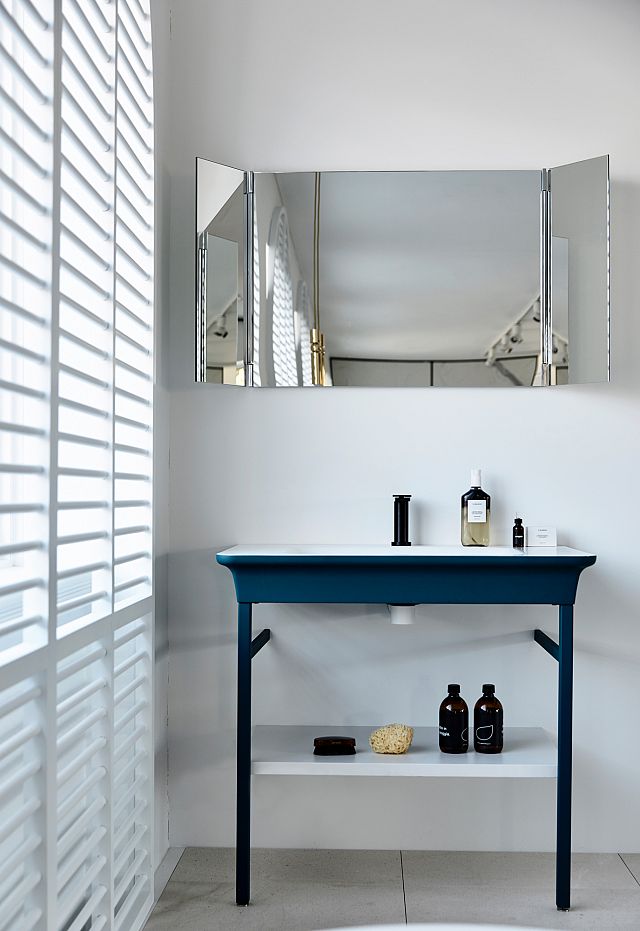
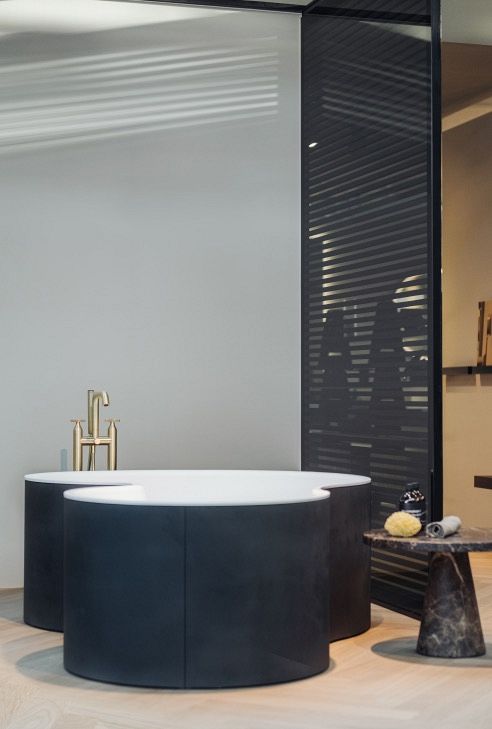
Porcelain panels can be customised to create artistic pieces. Graniti Fiandre will also transform porcelain panels into modular items, such as walls, suspended basins, vanity units and pedestal basins, so a room could be lined with one material from floor to ceiling, including the vanity unit.
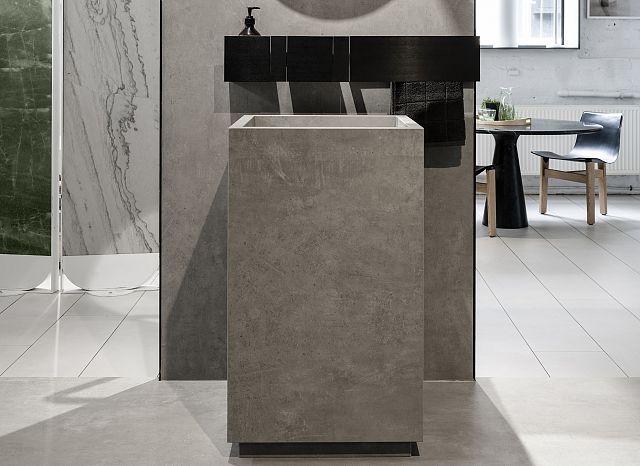
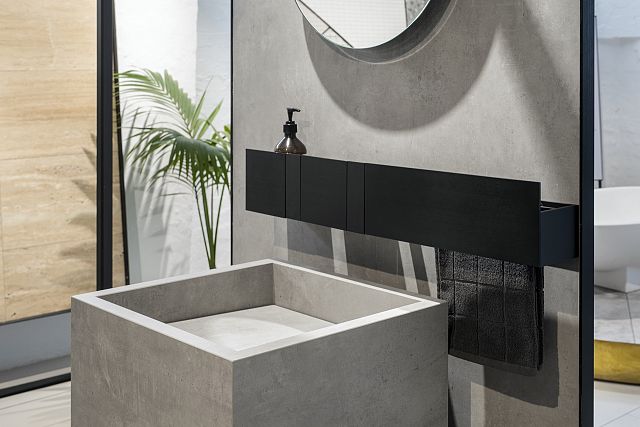
Artedomus collaborates with architects and designers to help them achieve their vision. By understanding their brief, budget and design concept, we work closely together to achieve the perfect, often customised, product. Customising the shapes, sizes, colours and finishes enables architects and designers to create interesting, different, stand-out designs for their clients.
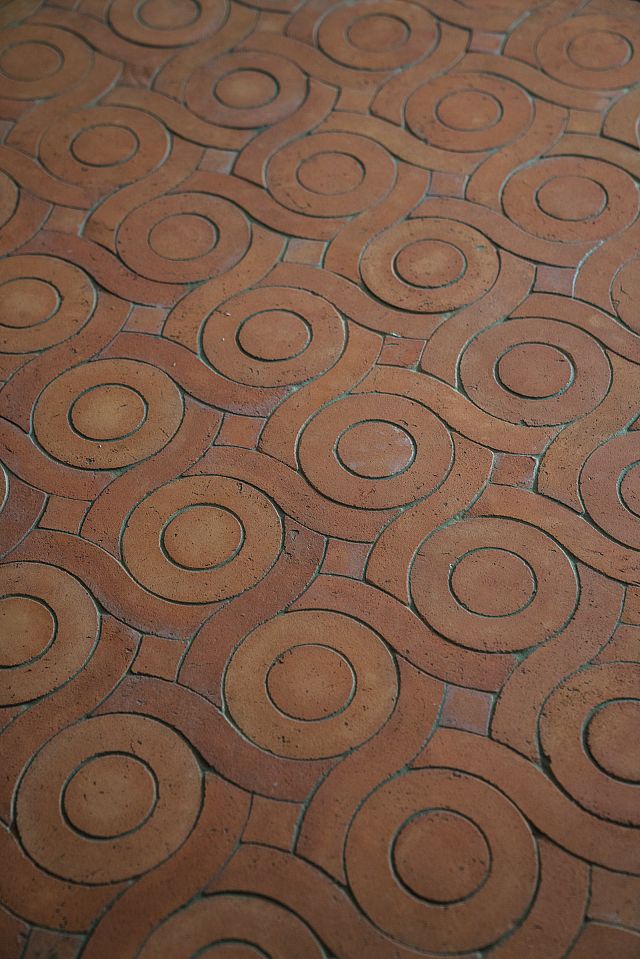
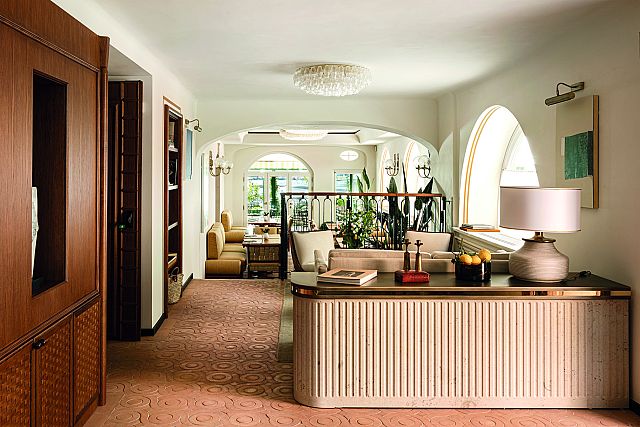
Architecture, essentially, is customisation. It is tailoring a building to its use and users. Artedomus works with its suppliers to offer customisation options so that architects and designers can deliver special, one-of-a-kind buildings and spaces.
